Reminiscences of Shafarevich the Author
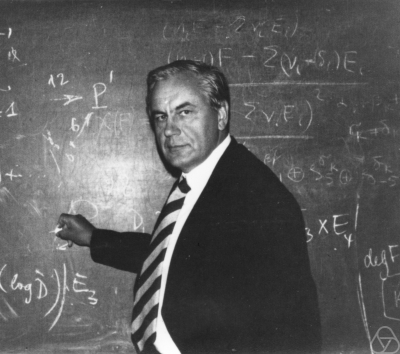

During my last semester as a math undergrad I bought a Springer book with a yellow cover. It was Basic Algebraic Geometry by someone with the name of Shafarevich. I bought it not because I had any intention of reading it but because it looked impressive, advanced and stimulating. I bought it with the encouraging hopes of one day being able to read such deep books. My date stamp on the book is 21 March 1978. It is the 1977 edition of the book translated from the Russian by K. A. Hirsch with 19 figures. A 440 page book, full of complicated mathematics and only 19 figures required. That was something! I remember showing it off to my non-math friends.


My intentions then were to study compact complex Riemann surfaces as a lifelong pastime. I went to UBC, the University of British Columbia in Vancouver Canada, with these aspirations. My supervisor James B. Carrell 'tricked' me into believing that Riemann surfaces is only the $n=1$ case of algebraic geometry. So I started to learn algebraic geometry in general. Besides I had another algebraic geometry book, also yellow, written by someone with the friendly name of Robin Hartshorne.
My supervisor was giving a differential geometry course that first year and he was following Warner's book on Foundations of Differentiable Manifolds and Lie Groups. I had taken this course when I was a third year math major from Barış Kendirli and it was like climbing a wall then. But the second time around it was a piece of cake. My classmates who were taking the course for the first time were having the same experience I had two years ago while I was interacting with Carrel during the lectures. My friends who were treating me as if I am an idiot till then because of my Ankara accent in my English started to treat me as if I am a genius. They even took me to beergarden and bought me beer. I never told them that I had taken this course before!
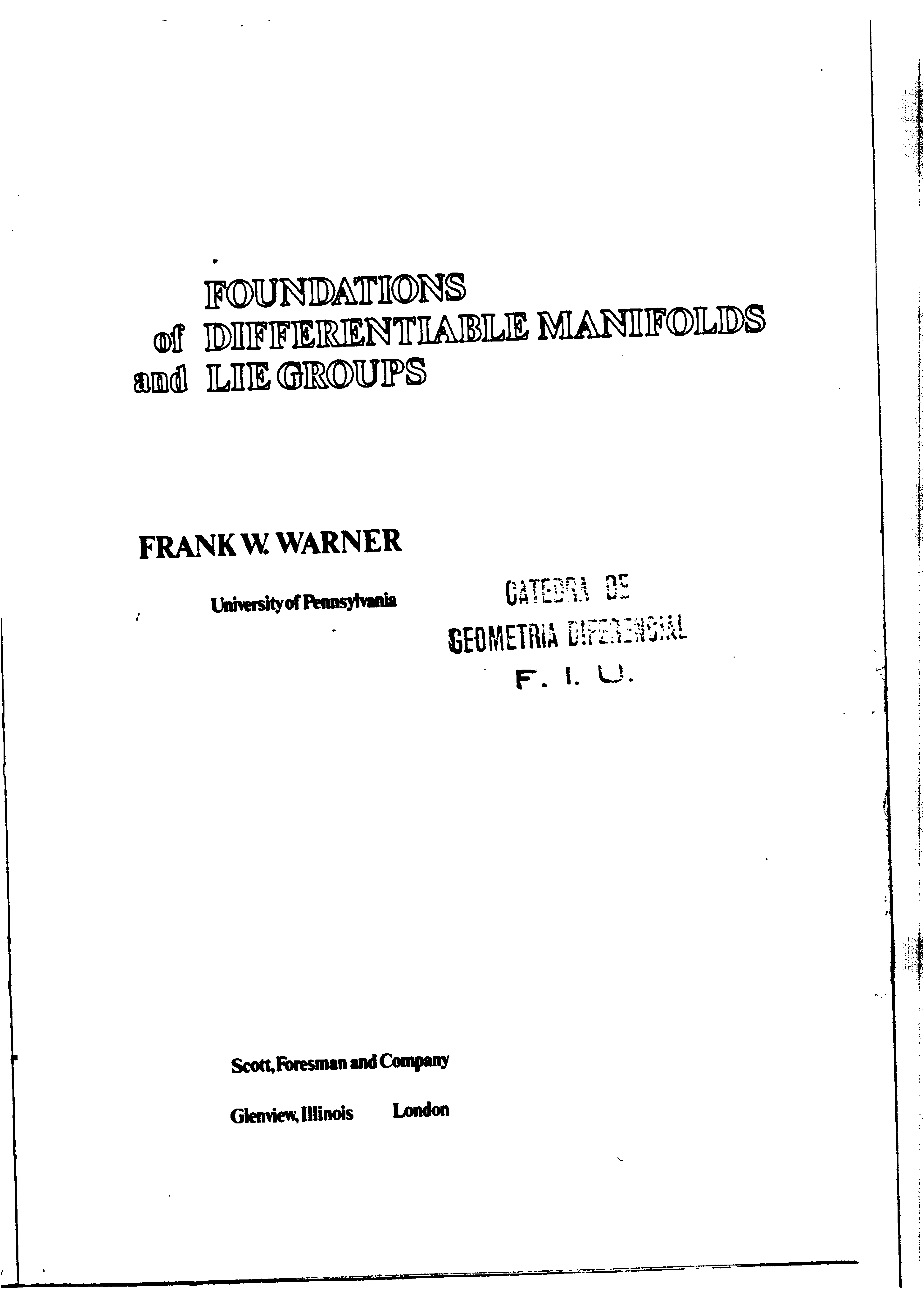
Next year a professor was giving an algebraic geometry course and he was going to use Shafarevich's book. I registered to the course but did not go to the first meeting during which he assigned everybody a chapter from the book. We were supposed to write an essay on the topic of that chapter and our course grade would be decided according to that at the end of the year. Naturally this guy from Turkey who was absent was assigned the very last chapter which is on uniformization, the classification of Riemann surfaces.
After I started to attend classes it became clear very fast that our algebraic geometry professor hated me strongly and openly. My correcting his every single mistake during the lectures and my doing this in my broken accent irritated him immensely. He would complain to others that in class he is orchestrating an artistic piece and I am picking on the wrong notes. Sometimes he would pretend that he could not decipher my English and say in a sympathizing voice "I wish I could understand him". Then someone from the back of the class, one of my beergarden mates, would say out loud "He is saying you are wrong!".
Almost every week before class our professor would chat with the class and almost always express his regret that he assigned a whole chapter to each of us, saying "I don't have time to read all that." And he would suggest, over and over again throughout the semester, that we cut it short. Since my assignment was about the last chapter I was reading and studying the book at a much faster pace than the class so that I would reach my topic and start writing my assignment in time. After I wrote and completed my assignment I started to take our professor's laments seriously and after every class I would go home and shorten my essay. Towards the end of the semester his requests about handing in a short essay started to become a requirement for the class work. Knowing how he hated me and how he would tear my essay apart I was determined to give him no ends. In particular I did not want to hear from him "Didn't you understand my English when I told everyone to write short?".
When we finally handed in our essays my essay was only one page! I had covered all aspects of uniformization according to all parameters involved in one page. Next week he was giving his feedback to class about the essays. His main complaint was that some essays were written without understanding the details, which is not surprising for students who are at the beginning of their graduate life. When it was my turn he paused a little. He said that from my essay it was clear that I knew what I was talking about, but how could I hand in a one page summary for a glorious subject such as uniformization. But wait, is there a tint of admiration on his face which normally expresses his total disapproval of my whole existence. For once I did not talk back. It was the only happy encounter we shared with him.
Then came the time to take my qualifying exams before I started to work on a dissertation. We were to take two oral exams on two topics and we would be examined by a committee. My topics were algebraic geometry and differential geometry.
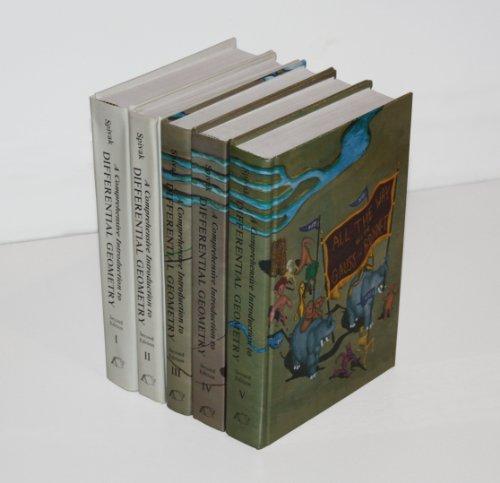
For the differential geometry exam I was reading Spivak's five volume opus magnum on differential geometry but after the first two volumes I started to complain that I was bored to death with it. When my complaints reached to my supervisor he told me that I could switch to another book of my choice. My first reaction was "Is it allowed!" Of course it was. We were supposed to have fun. This was mathematics after all, for goodness sake! That was one moment when I grew up a little.
For the algebraic geometry exam I read Shafarevich's book again from cover to cover. Alongside I was reading Hartshorne because once you knew what he was talking about you could follow his arguments and it was cool! Later when I had a chance to browse through some parts of Grothendieck's work I would regret that I did not read Grothendieck before Hartshorne but that is another story.
Meanwhile I was reading R. O. Wells' book Differential Analysis on Complex Manifolds. I think this was my replacement for Spivak's book for the differential geometry exam. My good friend James D. Lewis had studied this book a few years before so he was a big help in deciphering certain parts of the book. Our mutual friend and professor Larry Roberts was another big help in making sense of certain crucial concepts. My copy of Shafarevich has pencil notes along every margin on the pages where locally ringed spaces are introduced. After that page I got the false but satisfying feeling that I started to understand algebraic geometry. That feeling, I found out, is like hay fever; keeps recurring every now and then when I learn something new and exciting.
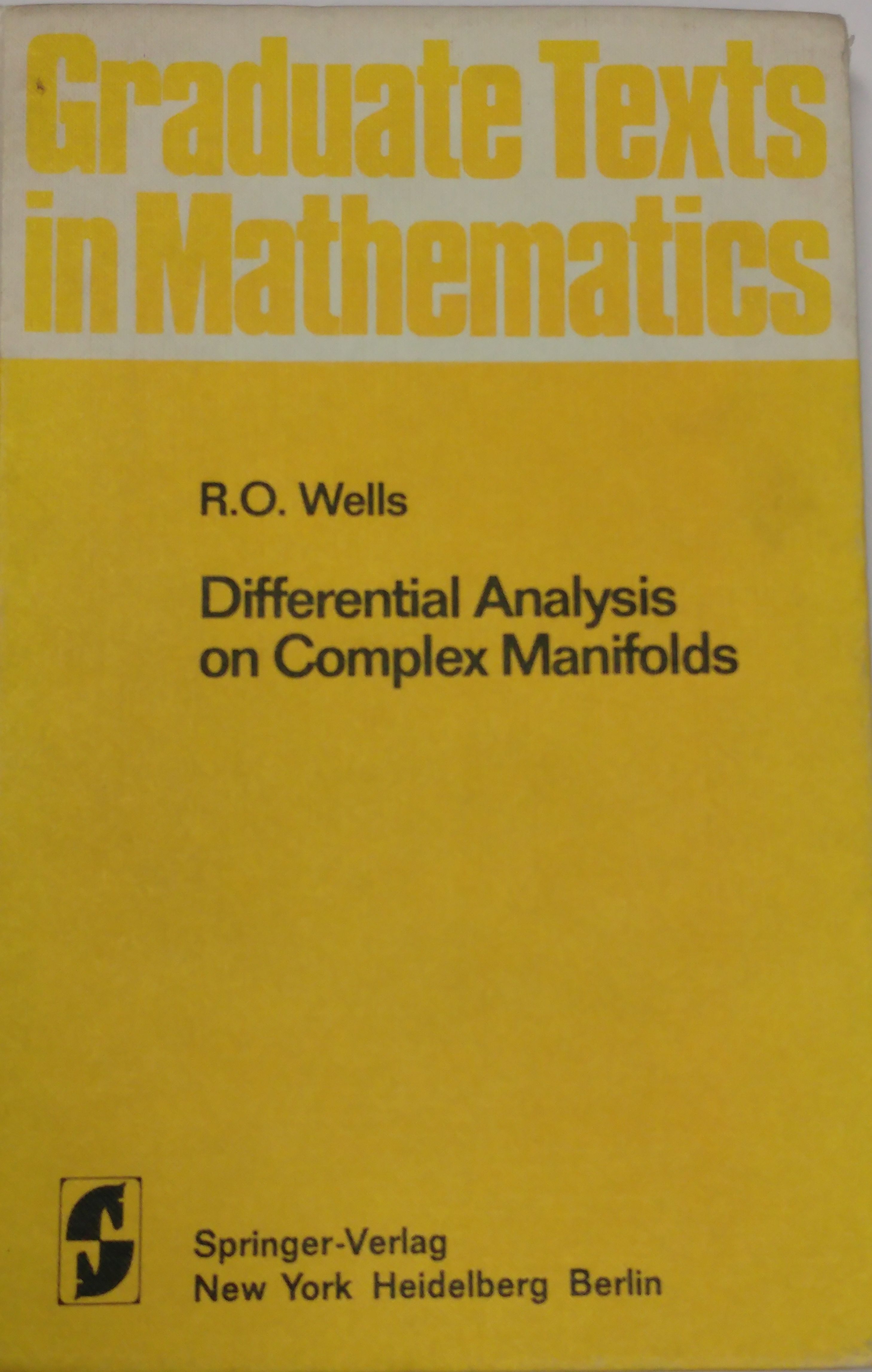
Finally I entered my algebraic geometry exam. The committee for this exam and the differential geometry exam was the same since the same people were interested in both topics. The bad news was that our algebraic geometry professor was in the committee. I was hoping that I would pass with a majority vote.
When the exam began I would start answering in detail whatever topic they mentioned but I had one tiny little detail that I forgot to cover. I had not worked on any examples or problems. I knew all the theory in Shafarevich's book but I had neglected attacking the problems. A major deficit now that I look back but then I had this false belief that I could solve any problem if I knew the theory behind it. I found out with a painful experience that having a reasonable command of the theory was necessary but not sufficient for solving problems.
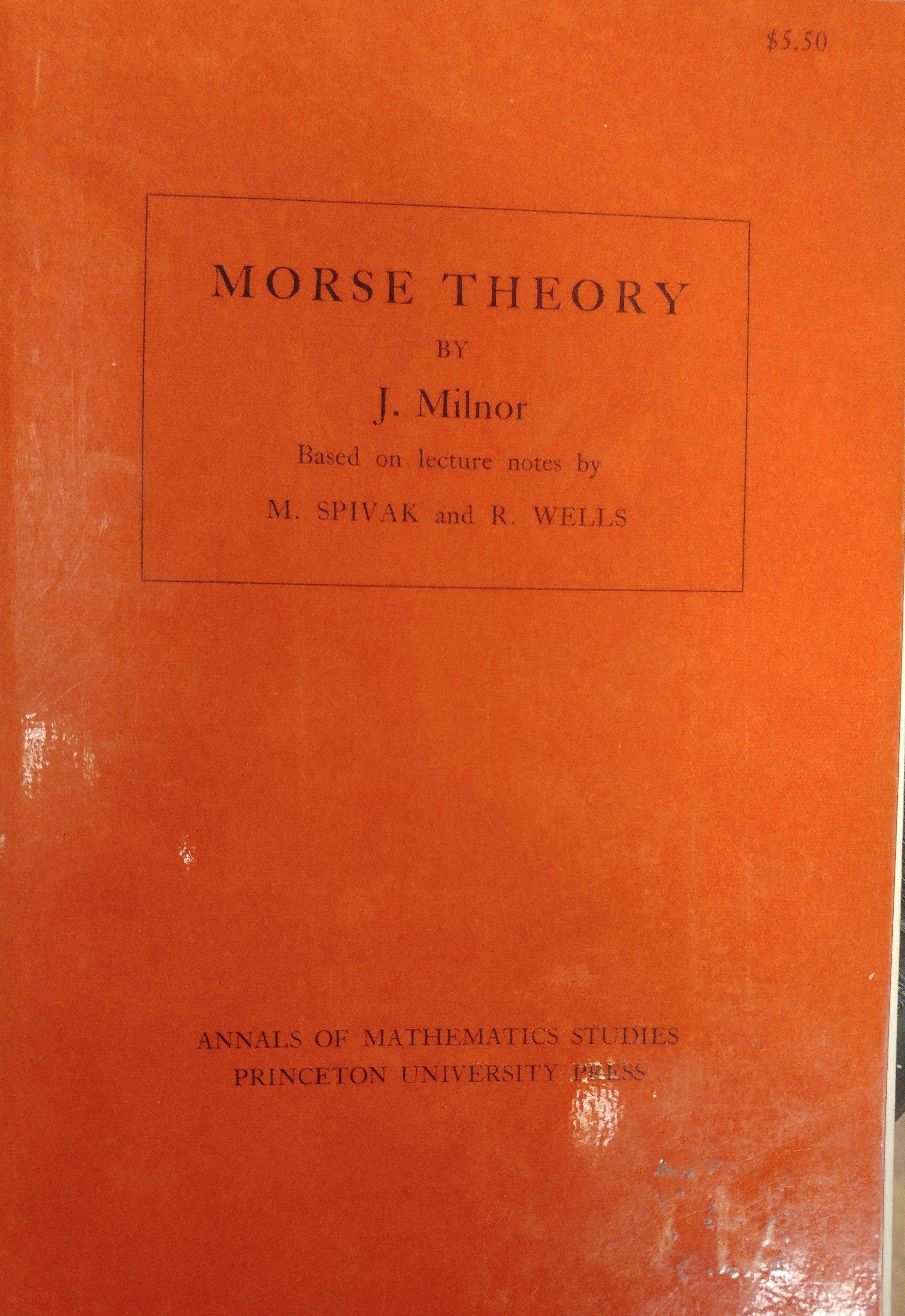
The committee said that they could not flank a student who knew so much but they could certainly not pass a student who could not solve a single problem. So they decided to cancel the next exam on differential geometry since they were convinced that I had already read more than was my share. Instead they gave me Morse Theorem as one single topic to prepare for the second exam. They said that I had proven that I can spread wide but now I had to prove that I can go deep. The result of the first exam was announced as a conditional pass. If I passed the second exam on Morse Theorem I would be considers successful in my qualifying exams as a whole. Nobody mentioned what if not. Failure is not an option at certain times in one's life. But failure was the first exam if you strip away my examiners' kindness and politeness. And every failure helps you grow a little more.
When I started to talk in the second exam I immediately noticed how my tone of voice was totally different than what it was in the first exam. I was confident. This time I really knew what I was talking about. At least that was my feeling. I almost sounded like one of them. I knew immediately that I had passed. It was a very pleasant exam. After a while there were groups discussing different aspects of the theory among themselves and I was in one of the groups exchanging ideas with the other group. Then they said OK we all have things to do, and so must you. I felt accepted into a sacred sect. Again a premature feeling but then who can take away that joy at that moment!
After the qualifyings my advisor suggested that I read Griffiths and Harris' book Principles of Algebraic Geometry. He said it in such a tone that I thought Griffiths and Harris wrote another book which could be read. No, it was the real book of 813 pages with 6 chapters and, to this day a never ending source of fun, a zeroth chapter called Foundational Material.
The inside story about these books needs to be told today. When Grothendieck school reshaped algebraic geometry with their EGA and SGA, their point of view was accepted but was not approachable. Who could read ten thousand and so pages of their seminars to learn the new algebraic geometry. Hartshorne volunteered to be the Prometheus but first he imposed the Noetherian condition and then brought the main body of algebraic geometry down to us mortals in his Algebraic Geometry which was published in 1977. It was written in a clear and clean manner. Once you convinced yourself that you are about to learn the trade secrets of the Gods on Mount Olympus, you could read Hartshorne and even enjoy it. Besides, the first chapter which was meant to be motivational was an ultra fast summary of, mercilessly so called, classical algebraic geometry.
Algebraic geometry has two rival camps. No one stays in one camp permanently but then still there are two camps, the algebraic camp and the transcendental camp. With Hartshorne's book the algebraic camp started to gain a big impetus because the young generation was about to learn algebraic geometry from that book. Griffiths, one of the great soldiers of the transcendental camp, decided to launch a counterattack. With his student Harris, he wrote Principles of Algebraic Geometry the next year. Now the transcendental school also had an introduction book.
It was this book that I started to read one rainy September day in my UBC office at Vancouver.

When I finally finished studying and grasping the material in chapter zero it was almost Christmas. But the rest of the book now looked like a piece of cake. The Foundational Material chapter was really foundational. I remember reading the rest of the book in my own time later but it was chapter zero which taught me the transcendental story. One of the amazing and most instructive feature of that zero chapter is its frequent errors which you could realize a few pages later and correct yourself. A total success in education whether it was intended or not.
To this day there are talks among the generations of complex geometers who learned their subject first from that book about rewriting chapter zero and putting in print all those corrections. But certain books are sacred and should not be tampered. Look at Hartshorne's book. It also had no second edition though it had numerous imprintings.
All these books, with the unifying influence of Shafarevich's book, shaped my understanding of algebraic geometry.

My second encounter with Shafarevich the author was in 1992 when I was trying to understand compact complex surfaces. Yes, there was the book of Barth, Peters and Van de Ven. We even ran a private seminar with my friend Hurşit Önsiper on this book but we had to take a lot for granted in order to proceed. The book of Arnaud Beauville was more approachable but he always gave me the feeling that he is jumping ahead, skipping many details. I was learning pieces of facts but the general picture was not in that book in a way that I could see.
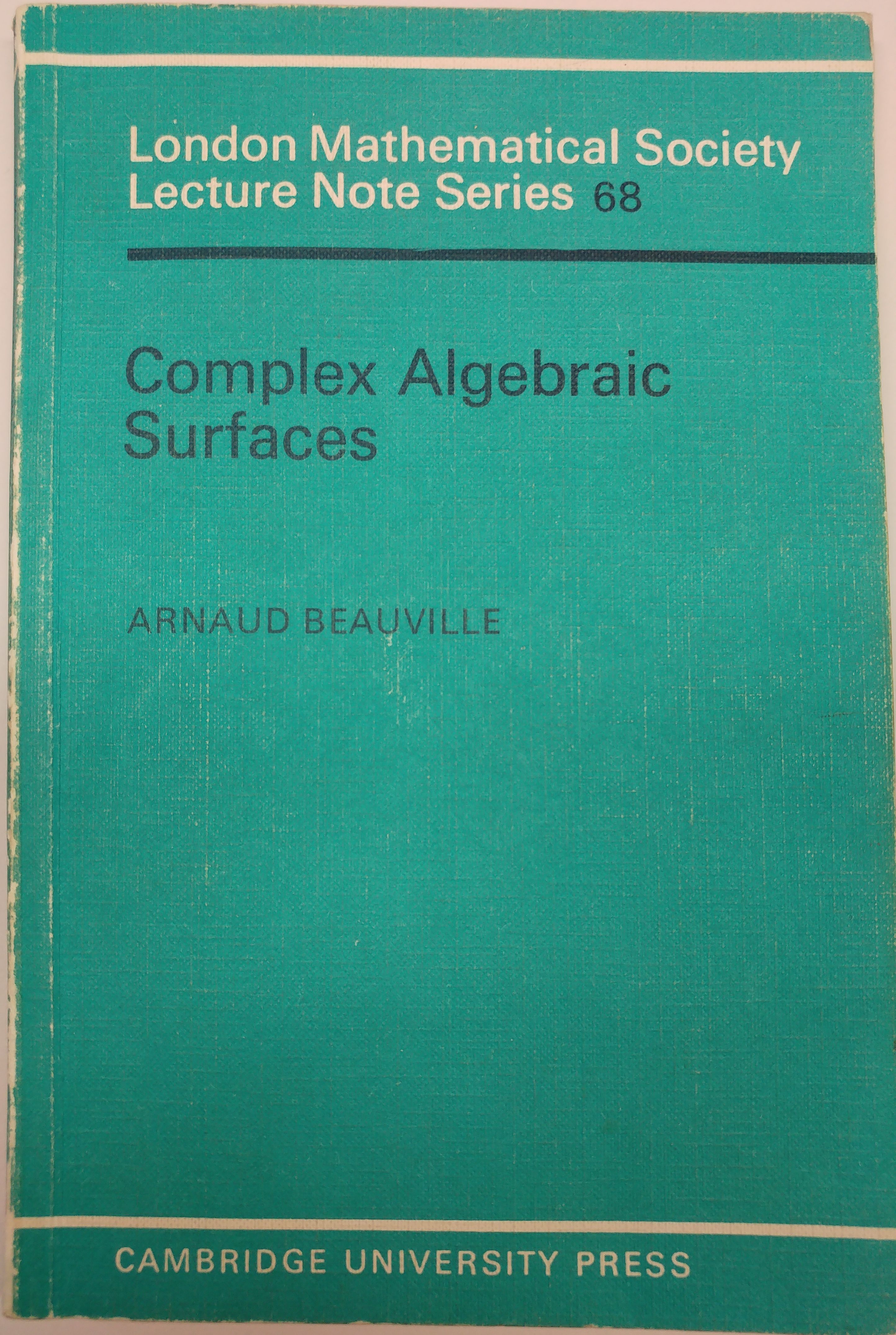
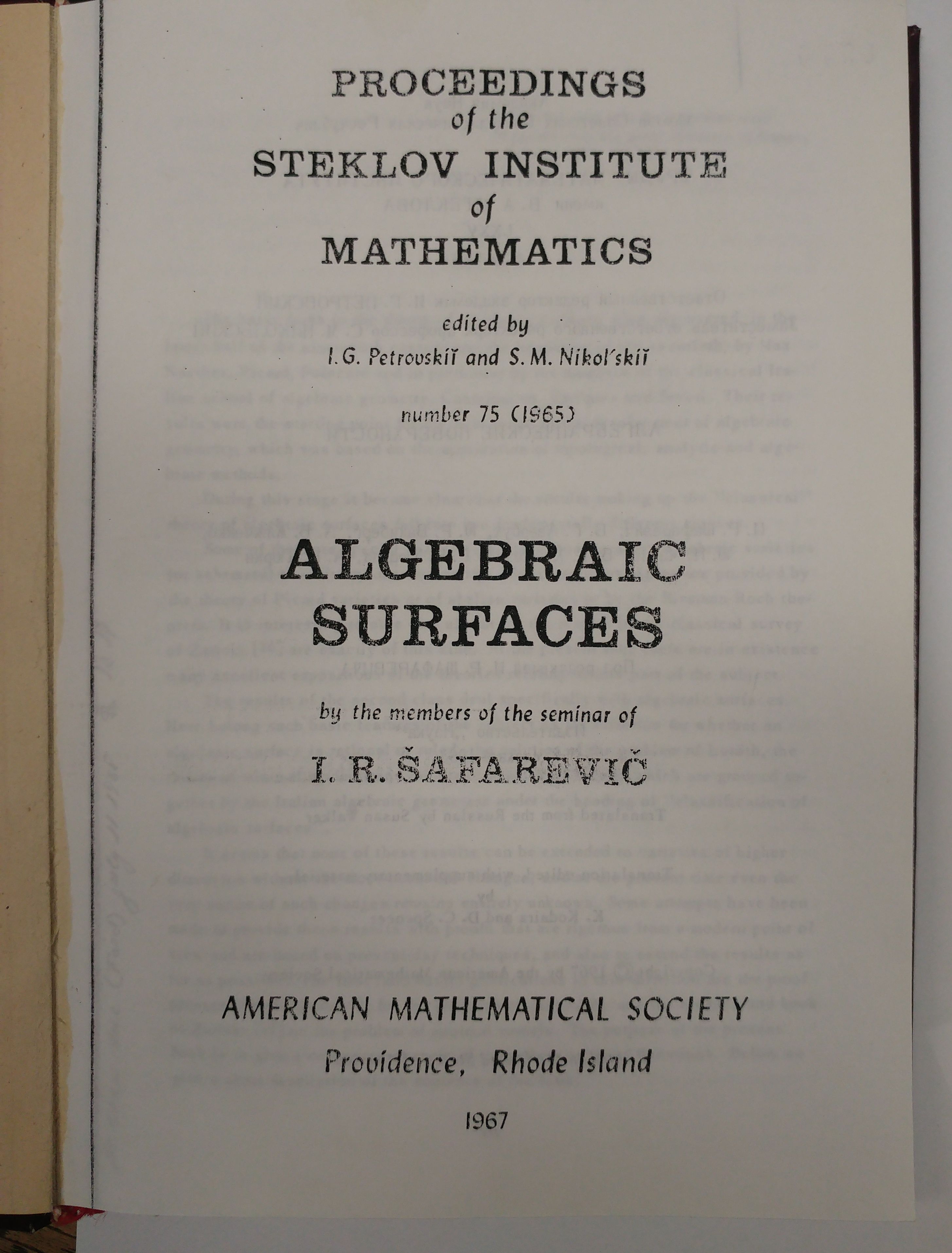
That is when I discovered Algebraic Surfaces, Proceedings of the Steklov Institute of Mathematics published by AMS. It was the proceedings of a seminar held by Shafarevich and his students during 1961-1963. I read that seminar notes carefully. Especially chapter IX, on the moduli of surfaces with $q=0$ and $K=0$. The term K3 surfaces was apparently not common then.
Once again with Shafarevich the author I managed to see the big picture. Now I could consult Barth's book and use their results when I needed them. And for Beauville's book, I discovered that he was another Prometheus bringing Shafarevich's seminar proceedings down to mortals.
Meanwhile I had scribbled "K3" at the top margin of chapter IX of Shafarevich's seminar notes and studied it in detail, mesmerized with the wonders of those surfaces. Almost a decade later I ran into a paper of Keum giving criteria for a K3 surface to cover an Enriques surface. Having been tutored by Shafarevich on K3 surfaces I read Keum's article with interest and even found a chance to implement his criteria for the singular K3 surfaces. I wrote a paper on it and I was given the Sedat Simavi Science Award for that work, deepening my intellectual indebtedness to Shafarevich.
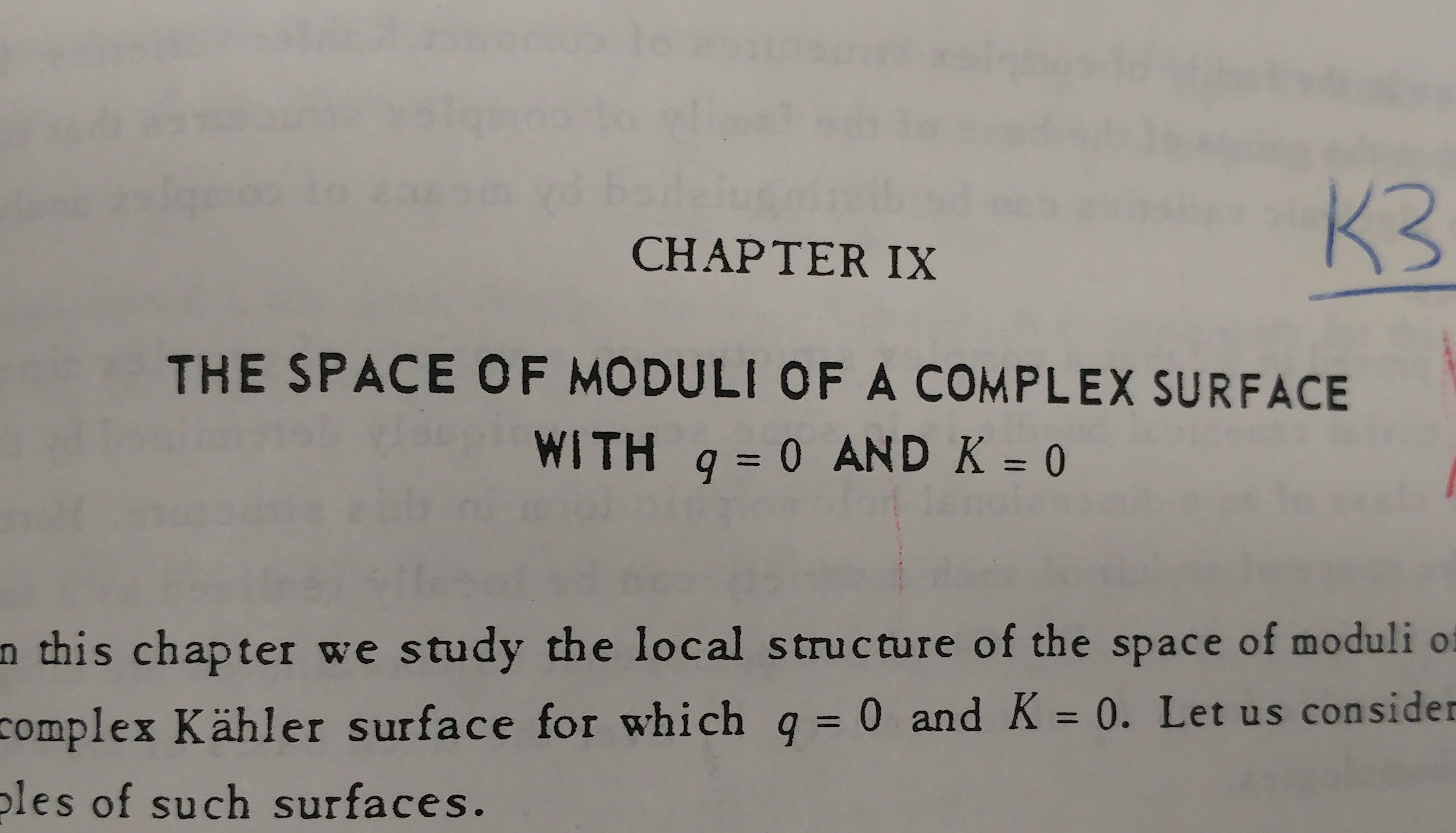
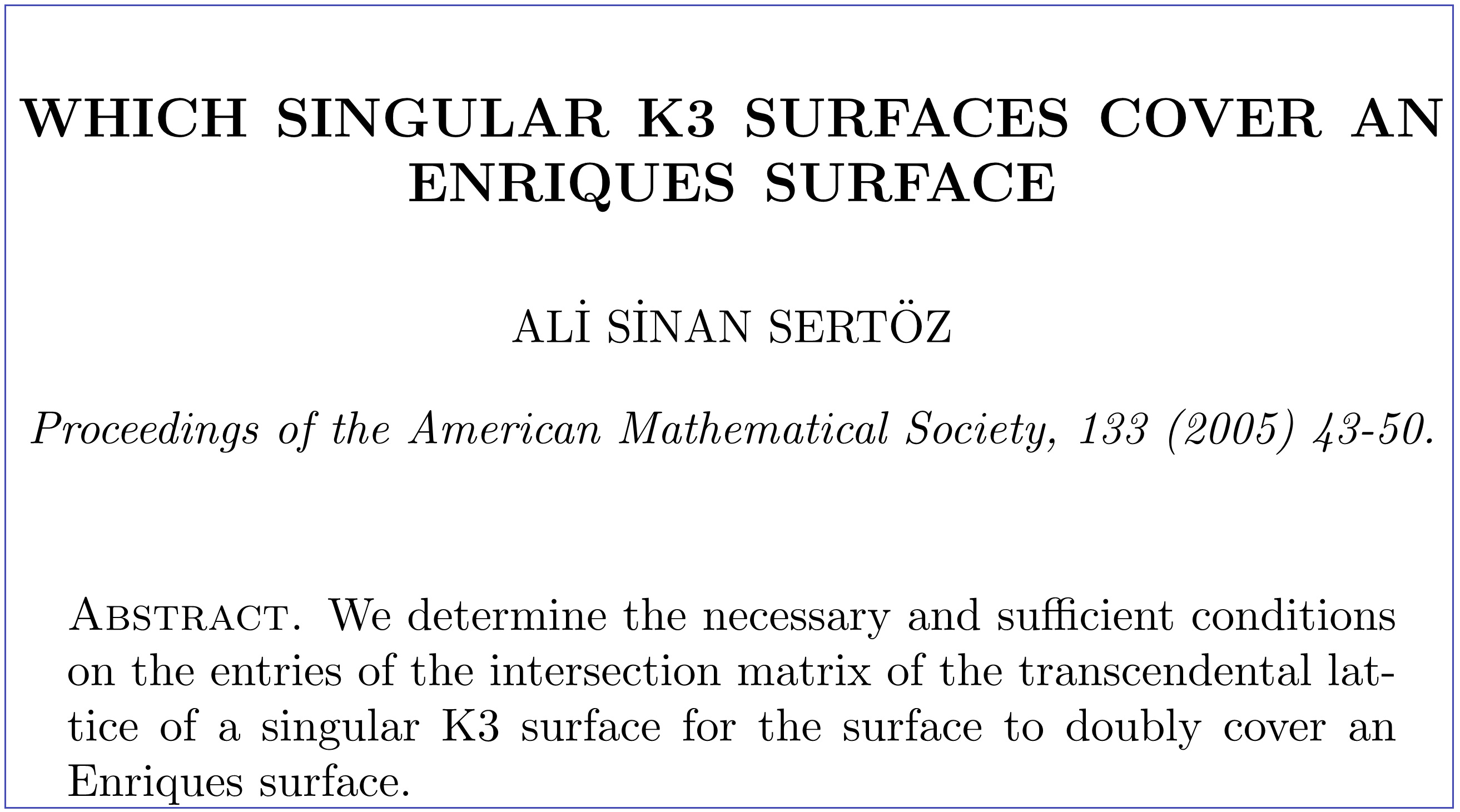
It may sound a bit presumptuous to say that I read Shafarevich's famous seminar notes without much difficulty but it must be remembered that it was his Basic Algebraic Geometry which taught me my first steps in algebraic geometry. Besides, Basic Algebraic Geometry was written long after the Steklov seminars so it is not surprising that you decipher the seminars after you read what the master has to teach now about the art of the trade.
Sometimes I look back and try to decide which one particular book shaped my life most. Several candidates rush into the picture. How can I deny the deep influence of Griffiths and Harris' book on whose zeroth chapter I stayed for months. How about Hartshorne's book whose exercises I have not finished solving to this day. And then there are the world literature classics which truly shaped my thinking when I was young. How about Crime and Punishment which starts as an ordinary Russian novel and eventually bursts into something beyond description and introduces us to Dostoyevsky as we know him today. What about the Karamazov Brothers which shapes you in ways you don't dare to put in words. Then there is King Lear, or even Hamlet when he says "Where are your jibes now". Or should I not consider John Fowles whom I once believed would be the only contemporary writer of my time to become ageless.
I mull over the memories of these books and I see eventually Griffiths and Harris' book emerging ahead of the others as the one book which shaped my life most. But while I am standing there staring at my good old books I realize that I am holding in my hand Shafarevich's Basic Algebraic Geometry.
The other day I was aimlessly surfing through Facebook pages reading this and that killing time as if I have an abundant supply of it. Then I saw Alexandre Borovik sharing something about Shafarevich. A tingle of guilt passed through my body. What would Shafarevich say if he knew how I was wasting my time. But it was news about Shafarevich's passing away the day before.
A deep sorrow engulfed me. Why did I feel so lost reading about the death of a man whom I never even met?
That is when I sat down and wrote all this to find an answer to that question.
Ali Sinan Sertöz
21 February 2017